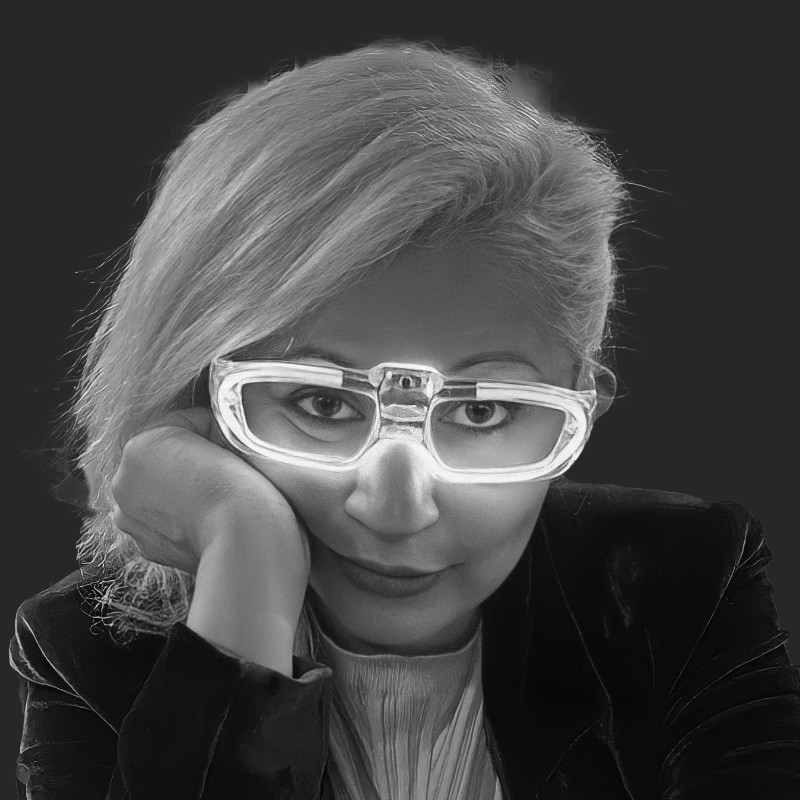On our ongoing exploration of Creativity in Vitro, where the boundaries between biological imagination and artificial cognition blur under the microscope, we opened a new window—this time into the modular dream-world of ComfyUI.
What began as a technical curiosity—a guide to installing ComfyUI on an M3 Mac and deploying it via Google Colab—quickly evolved into a collective exercise in co-creating machine hallucinations. We weren’t just learning how to run nodes or style-transfer images. We were learning how to think with the machine, in the fragmented visual grammar of latent spaces.
This study group marks an embryonic stage in our computational wetware—a shared interface for generating, remixing, and intervening in aesthetic processes driven by AI. As always in our Codex, we weren’t just asking how to use the tool. We asked: what kind of imagination is this interface enabling? And whose dreams are we amplifying when we run the prompt?
TouchDesigner met Teachable Machine in one of the nodes. Open-source pipelines and no-code plugins blurred the line between technical mastery and sensory speculation. We began imagining systems where organisms train algorithms, where gesture teaches logic, and where training data becomes a new kind of mythology.
As we scale up our experiments—from brainwave-responsive GANs to Petri-dish imaginations—this technical detour serves as a vital neural scaffold. A sketch of a possible future where creativity is modular, embodied, and distributed.
Because in vitro or in silico, we’re still asking the same question:
Can the machine learn to dream us back?
Comfy UI Installation in Mac OS
conda create -n comfyui python=3.10 -y
conda activate comfyui
conda install pytorch torchvision torchaudio -c pytorch -c conda-forge
brew install cmake protobuf rust
cd ~/Documents
git clone https://github.com/comfyanonymous/ComfyUI.git
cd ComfyUI
pip install -r requirements.txt
python main.py
How to Install ComfyUI and ComfyUI Manager on Google Colab
Style Transfer (Very Good) Tutorial
In this tutorial, Sebastian Kamph demonstrates how to use ComfyUI for style transfer, guiding viewers through a workflow that merges the aesthetics of two images into a single, AI-generated composition.
 Lina Lopes
Lina Lopes  The Design of Errors
The Design of Errors